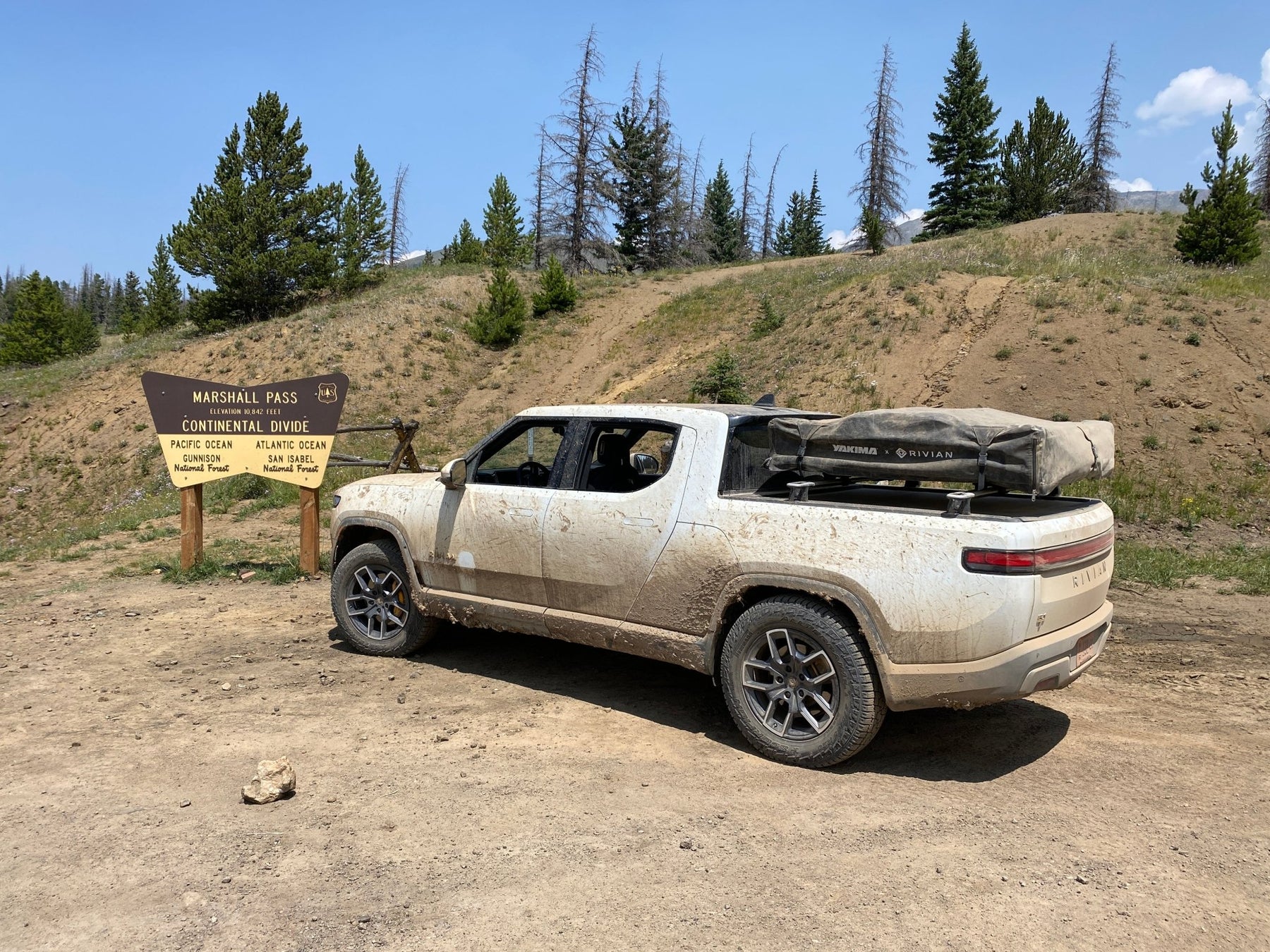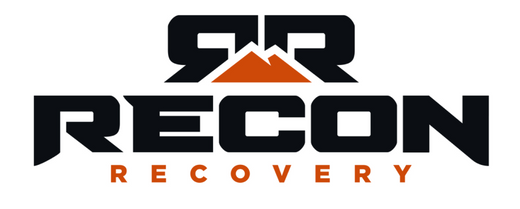
Rooftop Tent Basics: What To Know When Buying A Rooftop Tent
Rooftop Tent Basics: What To Know When Buying A Rooftop Tent

In recent years, the convenience of rooftop tents has helped their proliferation, not just across the overlanding category, but with more mainstream campers. Rooftop tents, or RTTs, can be an appealing solution to backcountry shelter, but if you are new to rooftop tents, the options can be overwhelming. With a plethora of different models and sizes that can fit a range of vehicles, rooftop tents have become a popular choice amongst adventurers, but they don’t come without their drawbacks.
Let’s take a look at what you need to know before purchasing a rooftop tent, and we’ll educate you on their advantages and their disadvantages. Keep in mind our overview is general in nature, and like all things there are exceptions to these generalities. Our hope is that this information will help you decide which rooftop tent is right for you.
What is a Rooftop Tent?
A rooftop tent is a self-contained, stowable camping shelter that can be installed on a roof rack, on a bed rack, or on a trailer. Rooftop tents are a more durable shelter than the typical ground tent, and depending on the model, can provide more convenience, comfort, or protection, and sometimes all three.
Styles of Rooftop Tent
Rooftop Tents come in a variety of styles, with the three most common being wedges, flip-overs, and pop-ups. The common theme of the wedges and flip-overs is having a hinged end that opens up to deploy the living space, while popups have halves that lift straight up to create their living space. Soft shell tents have a PVC, or similar, fabric cover that protects and contains the tent when not in use, while hard-shell tents are self-contained within the halves of two shells and offer better protection for the tent fabric from dirt, trees, and UV.
Wedge-style tents are the thinnest profile of the RTTs and the easiest to operate and open, typically supported by struts that hold up the roof panel, and resemble a wedge when deployed. They are the simplest design with super-fast deployment and all of the tent fabric stows within the hard shell. Wedge-style rooftop tents are also excellent for wind protection, as long as the tent upper shell is facing the direction of the wind. The hinges on a wedge can be on either the short side, or the long side of the tent and offer different advantages.
Drawbacks to a wedge tent include a smaller living area, compromised by the hinge side of the tent (which cuts into foot space) and by the width of the platform. To counter this, most wedge-tents tend to be longer (and require a larger vehicle) so they can fit taller occupants. Wedges might also be a tight fit for more than two, depending on the size of the tent.
Flip-open rooftop tents typically open 180 degrees to double the footprint and living space. These tents are best for couples and families who need more space to stretch out. Many of these tents have an integrated ladder, whereas a ladder isn’t always included with wedge tents. They also provide awning-like shade, without needing to purchase an awning, saving weight and complexity.
Drawbacks include a taller profile, a higher base weight, and a more involved setup process. Often these tents include soft protective covers that can break down in the UV and weather and will need to be replaced periodically.
There are several variations on these designs, some are simple and focus on a 2-motion setup, some are a little more complex, and others sometimes offer an additional mechanism to increase headroom or livable space.
In between is the pop-up style RTT, which has similar advantages and disadvantages as a wedge, but with a consistent ceiling height when raised. They tend to also sit between the other two designs in overall thickness.
Benefits of Rooftop Tents
Rooftop tents are popular because of their convenience in setup and takedown, and most have a dedicated mattress and enough interior room to stow your bedding, opening up storage in your vehicle. They are also cleaner than ground tents, since you don’t track as much dirt in them.
Having a rooftop tent ensures you are always off the ground, away from rain, rocks, and critters, as well as give you a higher vantage point in unfamiliar locations. Being higher also means that they get a better breeze, receiving more natural cross-flow ventilation than a ground tent.
Rooftop tents also take up less room in tighter campsites since they share their footprint with the attached vehicle and no guy lines or stakes are required to secure it. Because rooftop tents are mounted to a vehicle and don’t need to be packed into a bag, they also tend to be heavier duty and use a more durable fabric than most ground tents.
Drawbacks of Rooftop Tents
Now, as great as RTTs are, there are some nuances and drawbacks that need to be understood. First, it is important to know the specifications, especially the static and dynamic roof load ratings, of the vehicle you plan to install your RTT on. These numbers are crucial, as mounting a tent on your roof will raise the center of gravity of your vehicle and affect handling, let alone any damage that could occur to the vehicle from an overloaded roof. Static load ratings are higher and represent the amount of roof weight your vehicle can safely handle when parked, while the dynamic rating is the maximum load the vehicle can safely transport on the roof while the vehicle is moving.
Remember RTTs will take away from your vehicle’s overall payload rating, and some vehicles will require an aftermarket roof rack to securely mount the RTT. The weight of any aftermarket rack that is used to mount or support the RTT, along with any bedding or accessories, must also be taken into consideration when choosing rooftop tent setup. In addition to the extra weight, most RTTs are mounted in the wind stream, making the host vehicle less aerodynamic, which will impact fuel economy and range. Thinner hard-shell wedge tents tend to be the most aerodynamic, if that is a concern.
When camping, the vehicle should always be positioned on a level surface, with a slight 1-3-degree rise from level where your head will be. Fortunately, most modern vehicles are equipped with an inclinometer in the driver’s information center to assist in positioning the vehicle just right. Other camping drawbacks include needing to “go” in the middle of the night. Those who need frequent bathroom visits will find the process for exiting the tent and climbing down a ladder to be cumbersome. Another drawback when camping is having to pack up your tent each time you want to use your vehicle to leave camp and explore.
Lastly, storage and removal of a rooftop tent could be a concern for someone who is looking to just run their tent part-time, as RTTs can be cumbersome or awkward to remove and reinstall, and difficult to store when not on the vehicle.
Rooftop Tent Accessories
With rooftop tents, the sky's the limit when it comes to accessories. Some RTTs have provisions for mounting accessories directly to the tent itself, and some the racks also have the same ability. Beyond the rack, you will need a ladder if your tent did not come with one, there are load bars that allow you to carry items on top of the tent, and there are all types of storage, insulation, anti-condensation, and lighting options available. Many tents also have add-on annexes for additional protection from the elements and increased privacy and an awning is always a great companion to any RTT setup.
Buying A Rooftop Tent
Recon Recovery offers a robust selection of rooftop tents and accessories and now that you have the information you need to pick the right one for your needs, you can view the selection here. Recovery Equipment and Offroad Accessories Collection - Recon Recovery













